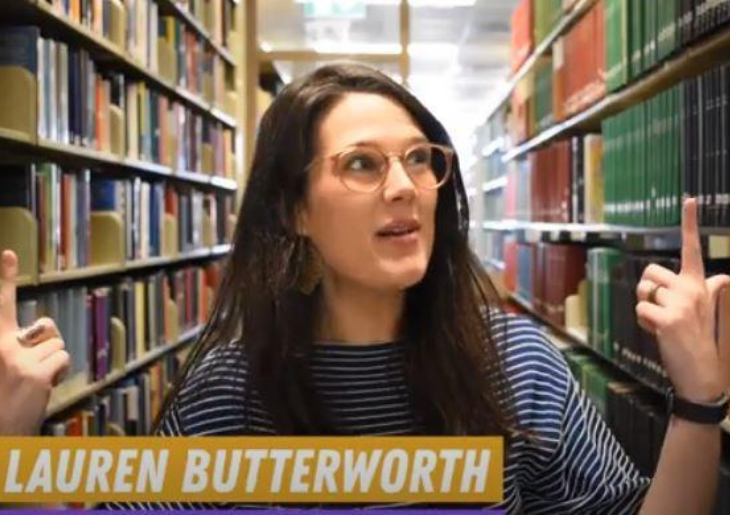
Reading is one of the most important and time intensive things you have to do at university and, unfortunately, I don’t know of a single topic where you can get away without doing it. It’s especially difficult when you have a huge pile of readings, deadlines are approaching, and you can’t decipher the complex, jargon-laced language and convoluted sentences of the author.
Plus, you might be finding that your focus right now is more wobbly than normal. I’ve spoken to a bunch of people lately who says they’re simply not able to read and process information as well as they normally can. So I wanted to share with you all some of my biggest tips for reading effectively and efficiently, especially because its that time of the semester when assessments are starting to roll in and you have a lot of information to sort through.
I will also say, learning to read effectively is a process. It’s far more complex than I can cover in a ten-minute video. Check out the SLSS reading resources – we have two reading modules out so far with more on the way.

Become an Active Reader
You might think reading is relatively easy. You run your eyes over some lines of text and absorb that information, right? Well, not really. That’s passive reading. When we become reading zombies, glancing our eyes over the text hoping we’ll magically understand it all and somehow be able to remember it later. No wonder so often we arise from a daze at the end of an article wondering what on earth the writer was on about.
The thing is, reading and re-reading alone is not an effective way to study and learn, and it actually costs you more time to read this way. If we want to improve our comprehension of a text, remember more about it, and cut down on reading time – that’s the big one – we need be become active readers.

Put simply, active reading means reading with intention or purpose. It’s about knowing what you need from a text, being proactive about finding and engaging with it, and keeping track of it. There are lots of active reading strategies out there, but I’ve whittled it down to four that I think will help make you a more efficient and effective active reader. So let’s get into it!
- Plan your reading
We read for many different reasons, especially at university, so its important to begin by thinking about what you want to get out of your reading before you start. Are you reading for:
- A general overview of a topic? Say it’s a set reading for the week.
- To find evidence or facts to back up your argument?
- To analyse or critique an author’s work?
- Revise for a test or exams?
Knowing why you are reading will greatly affect how you read. This might mean the difference between scanning a text quickly to extract key findings, or it might mean reading very slowly and deeply.
If you need to read for a class discussion, have a look at the topic learning outcomes and the week’s focus to help you figure out what you think your lecturer might want you to understand or how the text fits with the topic concepts. If you’re reading as research for an assignment, think about what key ideas, words and phrases you need to look out for and what perspective you need to approach them from.
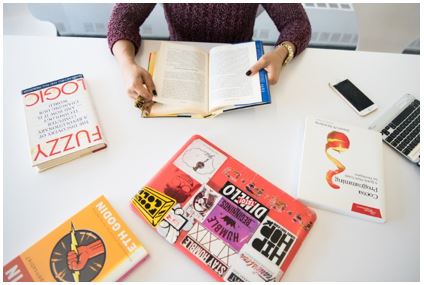
Don’t forget to consider the format and style of what you’re reading and how familiar you are with the content. You won’t read an article the same way you read a book, and you won’t approach a topic you know deeply the same way you engage with something if you’re reading about it for the first time. Consider:
- How much do you already know about the topic?
- Is it a new or difficult subject area?
- Do you feel confident or have a foundation of knowledge already?
If you are new to a topic, or you worry that it might be particularly difficult, it’s a good idea to consider doing some background reading to familiarise yourself with key concepts or technical language. This might mean using a topic specific dictionary or primer, or even reviewing your lecture notes and topic materials before you start.
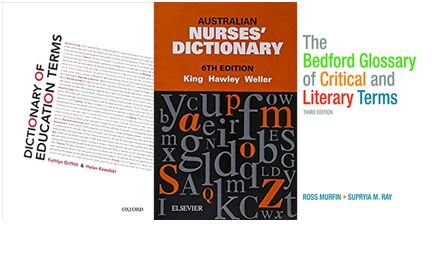
- Be Selective
You don’t have time to read everything that you are allocated, and when you’re researching for an essay or paper, you can’t read every article you come across in depth. There simply isn’t enough time in the day.
However, you do need to know what you need to read in depth, and when it’s appropriate to skip stuff. This is why it’s really important to consider your goals for reading.
Once you know why you’re reading, start by having a look at the abstract of the article, or the contents page of the book. This will give you a sense of whether this article or book is going to be relevant to you.
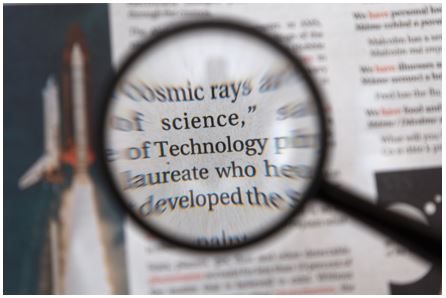
Next, skim and scan the text. This is when we move our eyes quickly over the entire text to gain a general idea of the content. Look out for headings, topic sentences, key words and phrases that indicate important and relevant information. You want to get an idea of the general direction of the article.
Doing this will help you determine if yes, the article is useful and you need to do some deeper reading or no, the article is not useful, or parts of this article are relevant and parts of it aren’t. Then you know what you can throw away and what you need to slow down, read deeply and take notes about.
- Ask Questions
Another technique that helps us to understand what we’re reading is to ask questions. Good readers ask themselves questions of what they want from the text and they ask questions of the text. This helps us locate specific information and start to figure out how the article is structured. It also allows us to understand it at a deeper and more critical level. So you might ask yourself questions such as:
- What is the author’s aim?
- How are they trying to prove it?
- What methods do they use?
- Do these methods seem reasonable?
- Is there anything you don’t understand?
- What problems might exist with their research?
- What assumptions or biases might the author have?
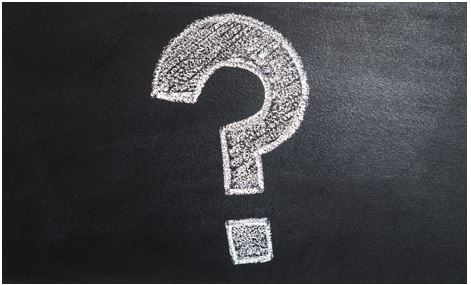
If you’re stuck trying to understand a text, try turning headings and subheadings into questions or write a question in the margins that you think each paragraph answers. It’s also useful to look out for key discourse markers, words and phrases such as ‘although’, ‘furthermore’, ‘however’, ‘accordingly’, etc. These tell you when the argument is shifting, when the author is introducing a key point, when they’re introducing another author, when they are describing process or method, or when they are offering a contradictory point. Highlight these or annotate the direction of the author’s argument in the margin and ask yourself why they might be shifting in this way. Is it to introduce evidence? Is it to add an additional point? Is it to offer a counter-argument?
- Take Effective Notes
The best way to ensure that you not only remember what you’ve read, but that you understand it, is to take notes. The ability to turn information into your own words demonstrates that you comprehend concepts. Plus, this process of transcribing information will significantly increase your chances of remembering it and it will develop your critical thinking skills.
But knowing what to make notes of and what to leave can be very tricky. I used to have a terrible habit of taking notes about everything in a reading because I was so afraid that I would miss something important. I also didn’t necessarily understand why I was taking notes, or what the content of my notes even meant. That’s not particularly helpful! So, as a starting point:
- Remember your goals! What do you need from the text?
- Keep your notes short and precise – what is essential and relevant? This helps ensure you understand what you’re reading and will help you paraphrase later on.
- Keep your notes organised. Use headings and date and title your pages and keep track of where the notes come from!
- Highlight or underline words or concepts you need to look up. If you highlight, create a colour system or similar (and remember that if you highlight everything, you may as well highlight nothing!)
- Remember your purpose – how will these notes be helpful to you?
- Don’t just note what you see, try to add your own thoughts – tease out the ideas and assumptions
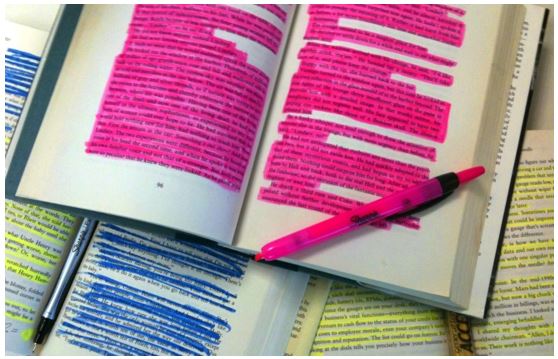
Remember, if you highlight everything, you may as well highlight nothing!
That’s it, my four top tips for becoming a more active, effective and efficient reader. As I said, this is just the tip of the iceberg, so check out the Student Learning Support Service for more information about how to up your reading game.

